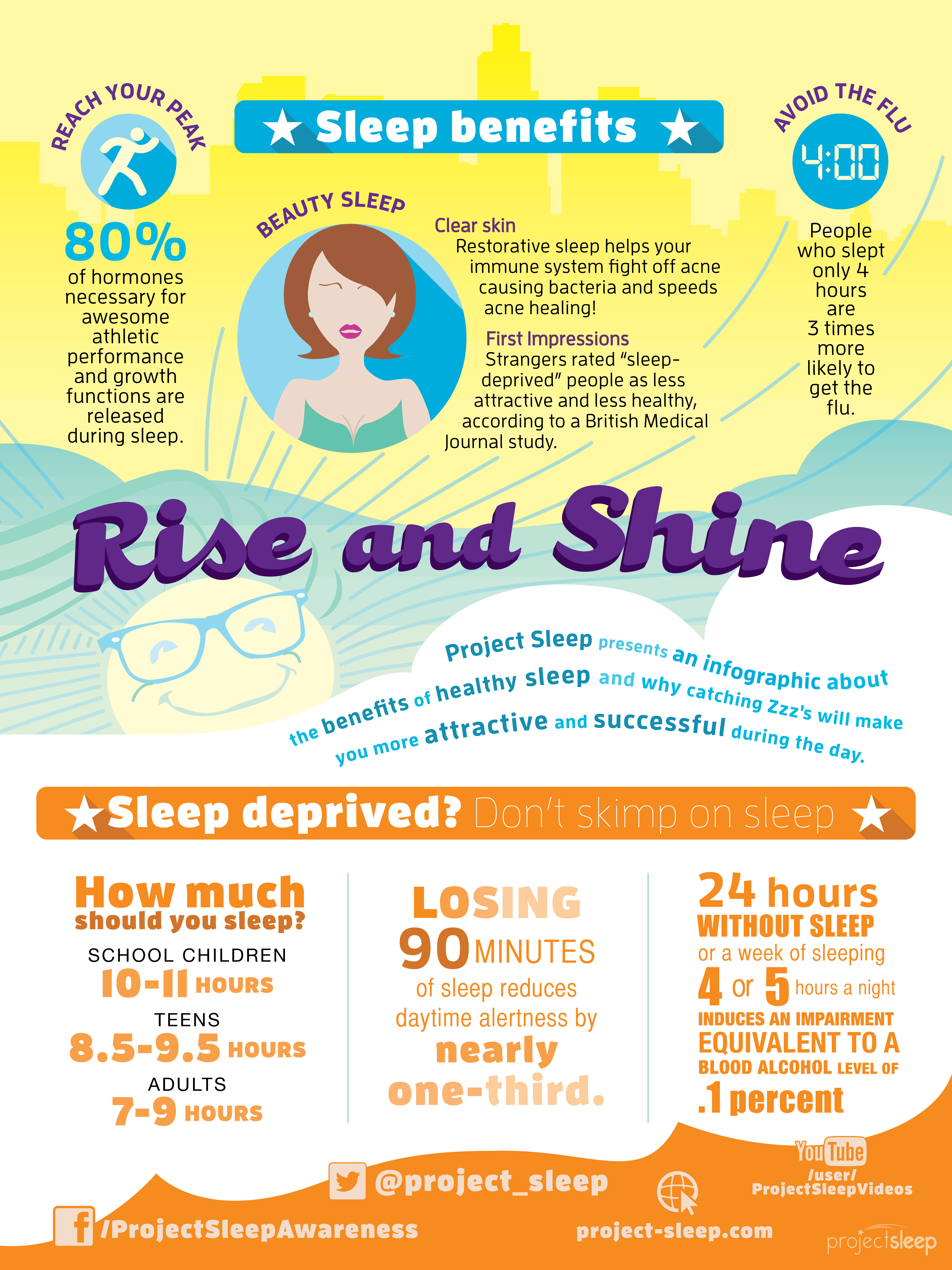Exploring The Function Of Artificial Intelligence In Health Care Automation

Content written by-Enevoldsen Dolan
Time verifies crucial in the medical diagnosis of clients, specifically for serious diseases. A hold-up can place people in jeopardy of getting worse or perhaps dying from their problem.
Early rule-based systems showed promise, but they were not widely taken on for scientific use as they did not do well adequate and were badly integrated with clinician workflows and healthcare records.
1. Improved Individual Treatment
Across health care, there are many repeatable, mundane tasks that can be automated, freeing up employees to concentrate on more intricate jobs. This allows for much better individual end results while alleviating worker exhaustion.
click the up coming website can decrease medical errors, boost client involvement and adherence, and streamline medical facility procedures. A number of these remedies are already offered today.
Nonetheless, while automation can help to enhance performance as well as accuracy of medical treatments, it can not change human clinicians widespread. In time, it seems likely that health care professionals will move toward tasks that need distinctly human abilities like compassion, persuasion and big-picture combination.
2. Anticipating Analytics
In a similar manner in which organizations use predictive analytics to forecast client churn or future fads, medical care entities can apply it to analyze and interpret data from the digital health records system as well as various other information sources. MATLAB( r) is a suitable platform for this kind of analytical job due to the fact that it uses the capacity to produce and modify predictive designs using huge datasets as well as complicated formulas.
As an example, anticipating analytics can help a health center expect payer settlements by examining CPT codes to anticipate when cases will be refined as well as when they'll get here. This makes it possible for the health care facility to intend more precisely for future expenses as well as enhance cash flow.
An additional beneficial application of predictive analytics in health care is to determine patients that may be at risk for post-hospitalization readmission or difficulties. This permits physician to readjust therapy strategies and prevent these concerns prior to they end up being major.
3. Increased Performance
Healthcare automation devices can help in reducing the quantity of time invested in administrative jobs. By enabling personnel to concentrate on person treatment, it can also help improve performance.
Healthcare organizations typically use automation to automate routine, repetitive tasks that are prone to human mistake, such as gathering data, dispersing prescriptions, claims management and also surveillance for medication diversion. Unsupervised maker finding out software can assist recognize uncommon habits without the demand for a considerable database of verified medication diversion situations.
The COVID-19 pandemic helped lots of methods make use of automated messaging to interact with individuals, as well as even to adjust staffing degrees in action to sudden changes in demand. Whether automating a single task or carrying out an all natural workflow, the key to success is finding remedies that work in the background as well as don't need continuous focus.
4. Increased Consumer Complete Satisfaction
AI is a powerful tool for healthcare, but it's additionally a high-risk area. Plenful healthcare is as a result of the sensitivity as well as complexity of medical care information, which can cause predisposition. The sector requires to guarantee that information sets are collected from multiple resources and also varied enough to reduce the threat of a prejudiced AI formula making disastrous choices.
Automating recurring jobs frees employees up to concentrate on even more cognitive projects and also enhance the client experience. Intelligent classification innovation, for example, decreases staffing prices and permits medical professionals to gain access to medical photos quicker.
An additional example of an automation procedure in health care is making use of multilayered formulas to remove duplicate patient records. This begins with running information with a master individual index, then utilizing referential matching as well as data analytics to deal with staying concerns. This minimizes patient document duplication rates to less than 1%.
5. Decreased Danger of Fraudulence
Expert system can lower the danger of scams in health care automation. By assessing data, AI can recognize patterns that indicate deceptive actions. For example, if a doctor often bills for procedures that are not scientifically needed, AI could detect this pattern and alert administrators.
Another method AI can assist fight fraud is by decreasing replicate individual records. This is an usual problem in medical care and also can cause imprecise records, lost earnings and boosted expenses. AI can automate the procedure of identifying as well as combining replicate records.
The most essential challenge of integrating AI into health care is making sure that the innovation can be relied on. It has to be correctly checked, incorporated with existing systems as well as controlled by recognized frameworks to prevent abuse or unfavorable impacts on individuals.

